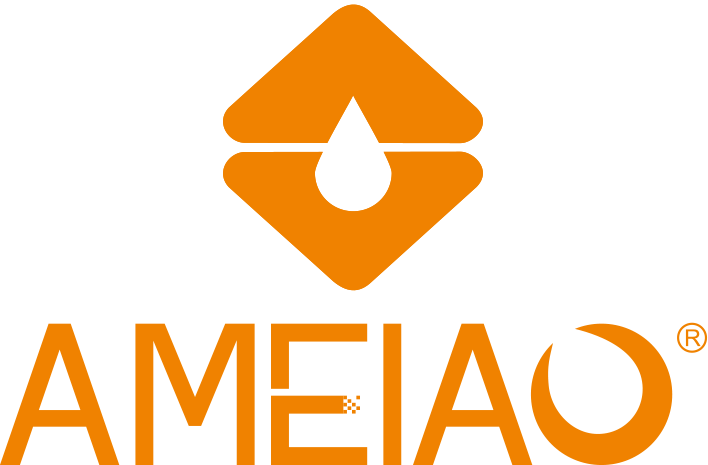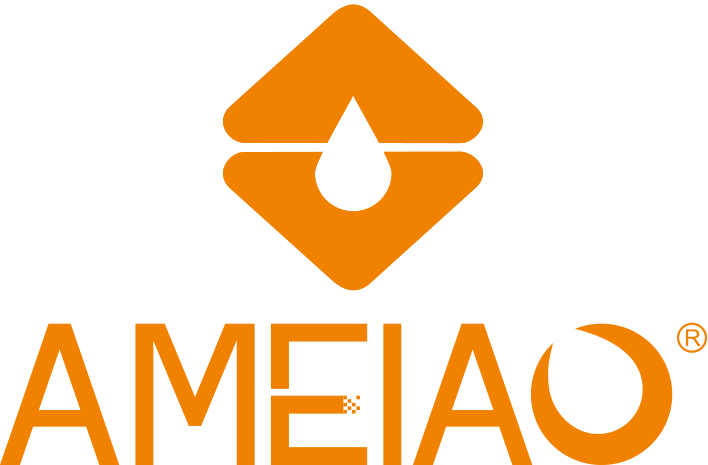How to Secure Undermount Sink to Granite?
Installing an Undermount Sink on a granite countertop requires precise preparation, the right hardware, and a stable bonding method. The goal is to create a seamless basin connection that remains strong even under daily use, constant moisture, and the weight of cookware. This guide explains the steps, tools, and materials needed to secure an undermount sink to granite while ensuring long-term stability and clean aesthetics. Homeowners and installers who want a reliable sink installation will find the process straightforward when each step is handled carefully. For those sourcing durable stainless steel sinks, AMEIAO provides options designed for secure undermount installation.
Preparing the Sink and Granite Surface
Before mounting, both the sink rim and granite underside must be properly cleaned. Dust, stone debris, and factory oils can weaken the adhesive. Using a non-abrasive cleaner or alcohol wipe helps achieve a dry and grease-free surface. Granite should also be inspected for cracks or weak edges. A stable stone surface ensures the sink weight will be distributed safely across the countertop. If the sink includes a manufacturing lip or rim, ensuring it fits flush with the cutout is essential for even clamping.
Tools and Materials Required
A combination of mechanical fasteners and adhesive will deliver the most secure installation. The following table summarizes what is commonly needed:
| Item | Purpose |
|---|---|
| Silicone adhesive or stone-approved sealant | Bonds the sink to granite |
| Undermount sink clips or brackets | Provides mechanical support |
| Alcohol wipes or stone cleaner | Surface preparation |
| Clamps or adjustable braces | Holds sink in place while curing |
| Caulking gun | Applies adhesive evenly |
| Screwdriver or drill | Tightens fasteners |
| Shims | Helps align sink height |
Using both structural adhesive and clips creates a dual-support system that prevents sagging over time.
Applying Sealant and Positioning the Sink
The bond between sink and granite begins with a continuous bead of sealant. A thin, even layer should be applied along the entire rim of the undermount sink. This prevents water seepage and forms the base adhesion. The sink is then carefully positioned beneath the granite opening. Adjustments must be made before the sealant begins to set. Shims can help maintain the correct height so the basin sits level and flush with the countertop edges.
Clamping the sink is an important stabilizing step. Clamps or adjustable sink installation braces can be placed across the top of the countertop to hold the basin firmly upward. Adequate pressure ensures the sealant cures with an even bond. The sink should remain clamped until the adhesive reaches full strength, which may vary depending on specific product instructions.
Securing the Sink with Clips or Brackets
Mechanical fasteners are crucial for long-term support. Undermount clips or brackets are typically screwed into the underside of the granite using anchors designed for stone. These clips attach to the sink’s mounting tabs or rim, locking it into position. The fasteners should be spaced evenly to distribute weight, and tightened gradually to avoid shifting the sink during curing. Using corrosion-resistant hardware helps extend the installation’s lifespan.
Some installers also use a support rail system for heavier sinks. The rail mounts underneath the countertop and holds the sink from below, reducing stress on the adhesive. While optional, this method is useful for large stainless steel models or double-basin designs.
Checking Alignment and Cleaning Excess Sealant
Once the sink is fastened, alignment must be rechecked. The edges should be symmetrical, and the drain should sit centered with plumbing connections. Removing excess sealant before it fully cures prevents hardened residue from affecting the final appearance. A soft cloth lightly dampened with cleaner works well for wiping away excess material around the seam.
Allowing the installation to fully cure is essential. This ensures the bond can withstand the weight of water, dishes, and cleaning activities. Most adhesives require several hours before light use and up to a full day before connecting plumbing and running water.
Common Installation Concerns
Many installers wonder about the best bonding material for granite. Only stone-approved silicone or epoxy should be used, as standard adhesives may not grip polished stone effectively. Another concern is dealing with uneven granite cuts. In such cases, minor shimming or regrinding might be necessary to create a stable mounting base. If the sink loosens over time, re-tightening the clips and resealing the rim can restore stability, but a full reinstall may be required if the adhesive has failed.
When selecting a sink, choosing a well-constructed model designed for undermount installation makes the process smoother. Stainless steel sinks from AMEIAO offer rigid construction, clean edges, and durable mounting points that support secure attachment to granite surfaces.
Final Thoughts
Securing an undermount sink to granite is a combination of precise preparation, strong adhesive bonding, and reliable mechanical support. Using the proper tools and following careful alignment steps ensures the sink remains firmly attached for years. With high-quality sinks and thoughtful installation methods, the result is a seamless, modern finish that enhances both function and appearance.
Previous: Are Apron Sinks Still in Style?
Next: What Is Nano Sink?



 Mobile Phone:
Mobile Phone:


